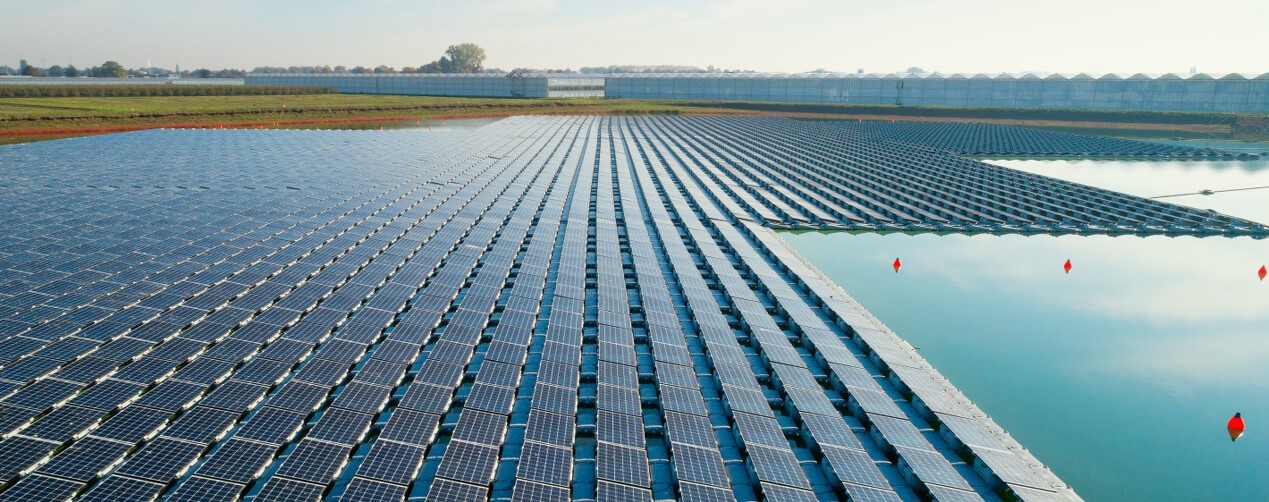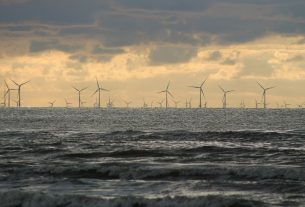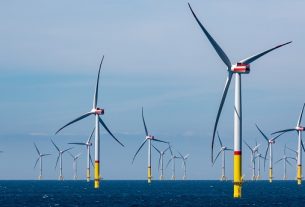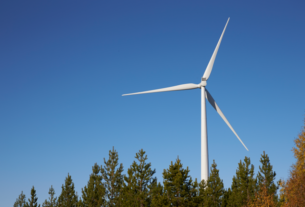The Netherlands – DNV has released the world’s first recommended practice (RP) for floating solar power projects.
The Recommended Practice will provide commonly recognized guidance based on a list of technical requirements for accelerating safe, sustainable and sound design, development, operation and decommissioning of floating solar photovoltaic (FPV) projects.
Floating solar power – promising technology
Floating solar power is a promising renewable energy technology in which solar panels are installed on floating structures on the surface of suitable bodies of water. The technology offers great potential for green energy production, particularly in areas where there is a shortage of available land for large photovoltaic plants.
Increase in capacity
Following the first projects in 2006, installed capacity for floating solar power was just 10 MW by 2015 but has accelerated considerably since then, reaching 2 GW towards the end of 2020. It is estimated that the total global potential capacity for deploying floating solar power on manmade, inland waters alone could be as high as 4 TW with an expected pipeline of more than 10 GW by 2025.
While FPV is a promising growing industry, there are a number of complexities associated with the installation of floating solar plants. The RP offers insight into the technical complexity of designing, building and operating on and in water, especially in terms of electrical safety, anchoring and mooring issues, operation and maintenance, and designing FPV plants that can withstand site-specific environmental conditions.
Joint industry project
The recommended practice follows a collaborative joint industry project (JIP) involving 24 industry participants. The JIP, which kicked off last summer, reviewed all aspects of developing floating solar projects on inland and near-shore waters. It focuses on five key topics: site conditions assessment, energy yield forecast, mooring & anchoring systems, floating structures, permitting and environmental impact.
The RP focuses on methodology to keep the RP as technology neutral as possible and provide functional requirements, recommendations and guidelines. It has a holistic system-level approach, including single key components as well as procedures and design considerations and focus on FPV projects in inland and near-shore water bodies.




